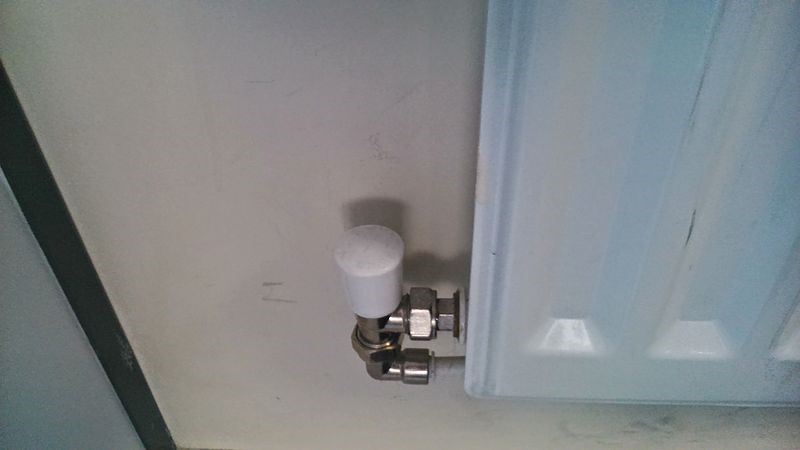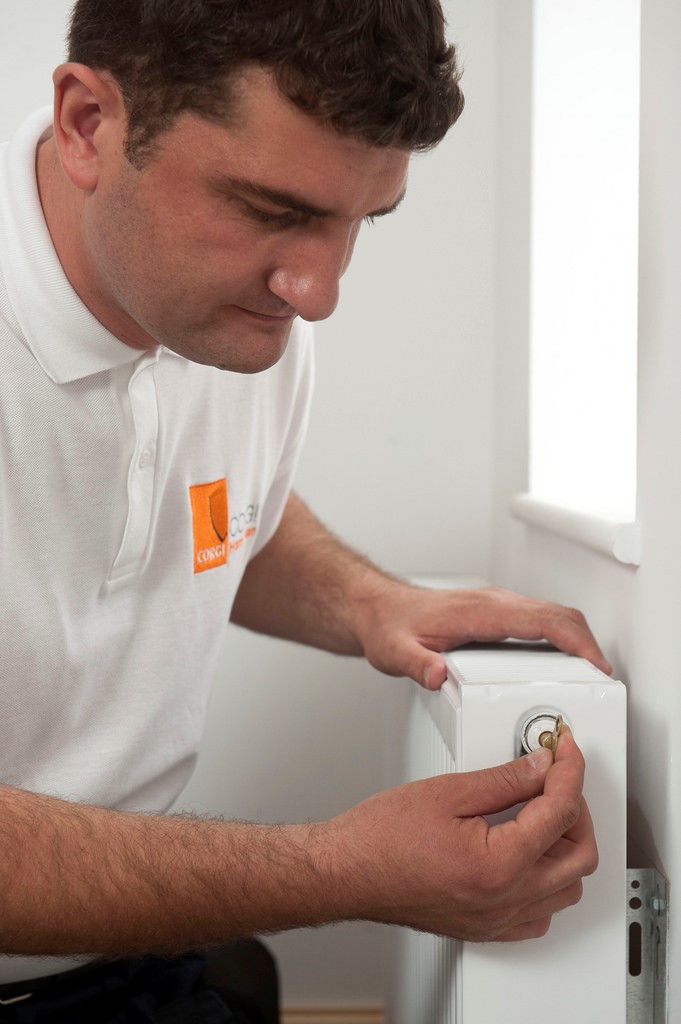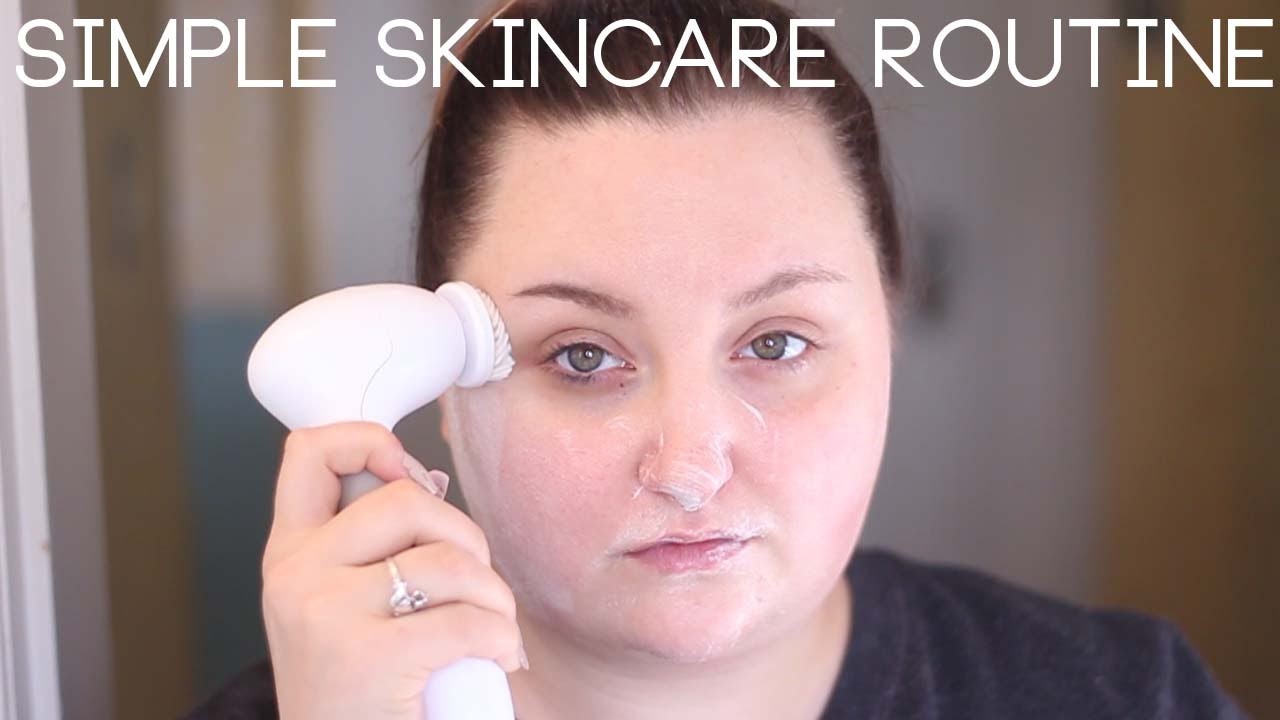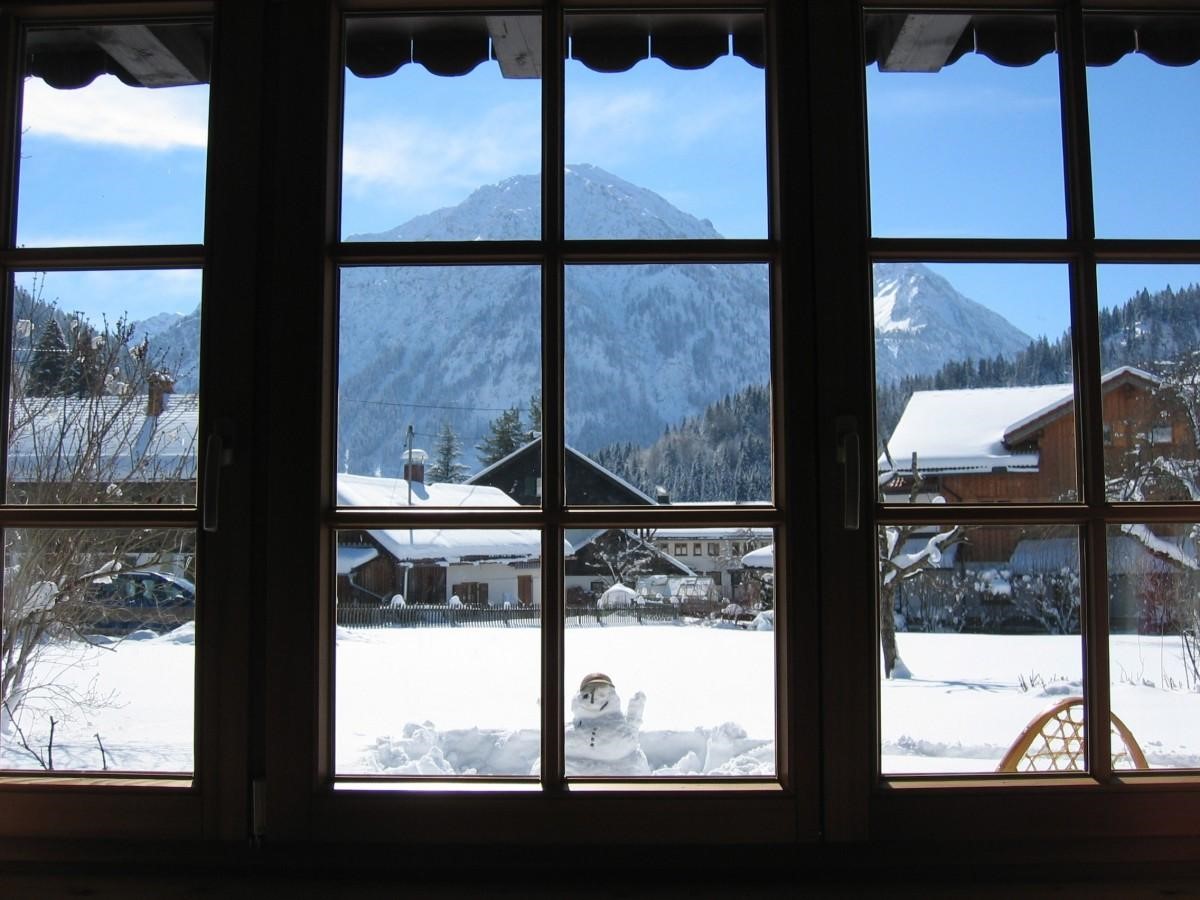Image Credit
Failing to keep your heating system well maintained can result in poor performance, leaving the house cold when temperatures drop, or even worse the expensive cost of heating engineers being called out for an emergency repair.
One of the key maintenance activities is to bleed your radiators.
When Should I Bleed My Radiators?
Radiators should be bled when they have trapped air in them. This stops the circulation of warm water, and the radiator won’t work effectively. Some have the misconception that radiators contain gas and bleeding can be dangerous, but they simply contain water. Whilst you shouldn’t worry about letting gas out, you should keep it in mind that releasing too much of the water inside a radiator can introduce new water, which can exacerbate the problem due to the presence of lots of air in fresh water.
Another misconception is that radiators that are hot at the top but cold at the bottom need bleeding. Column radiators in particular can give this impression. Actually, this will indicate a blockage and you will find that bleeding would not resolve it. If you are not sure what radiators you have or are interested in installing new radiators, visit Apollo for column radiators.
If you hear radiators making some gurgling noises, then this could be a sign to bleed. The pressure gauges found on your boiler will also help highlight any issues.
How to Bleed
Firstly, protect flooring by placing old towels around the radiators. Pick up a radiator key from a hardware store. The next step is to ensure your heating is off. You should never bleed a radiator when it is on, as you risk burns and really hot water spraying out around the room. Also make sure you remove or protect any electrical equipment that is near the radiator. The water that comes out is usually black, and it can stain – so make sure you also protect walls and curtains or anything else nearby.
When everything is prepared and safe, turn the valve anticlockwise. You will hear hissing, which is trapped air being released. When the hissing stops, quickly close the valve and wipe away any water that escaped. Turn the heating back on and check the pressure to ensure everything is working well.





